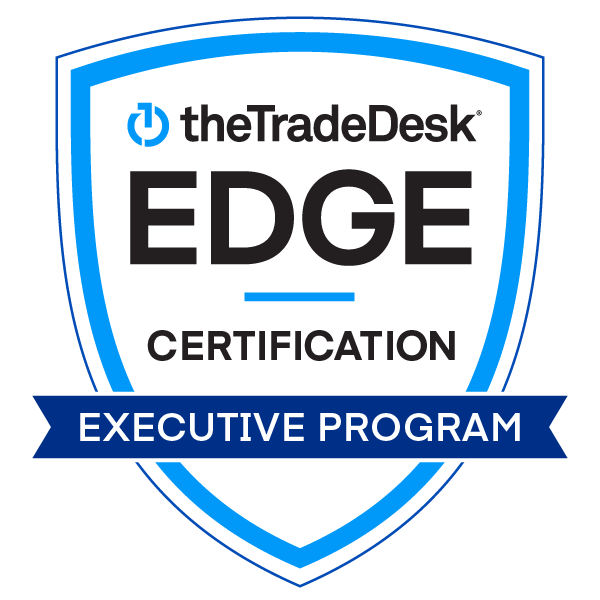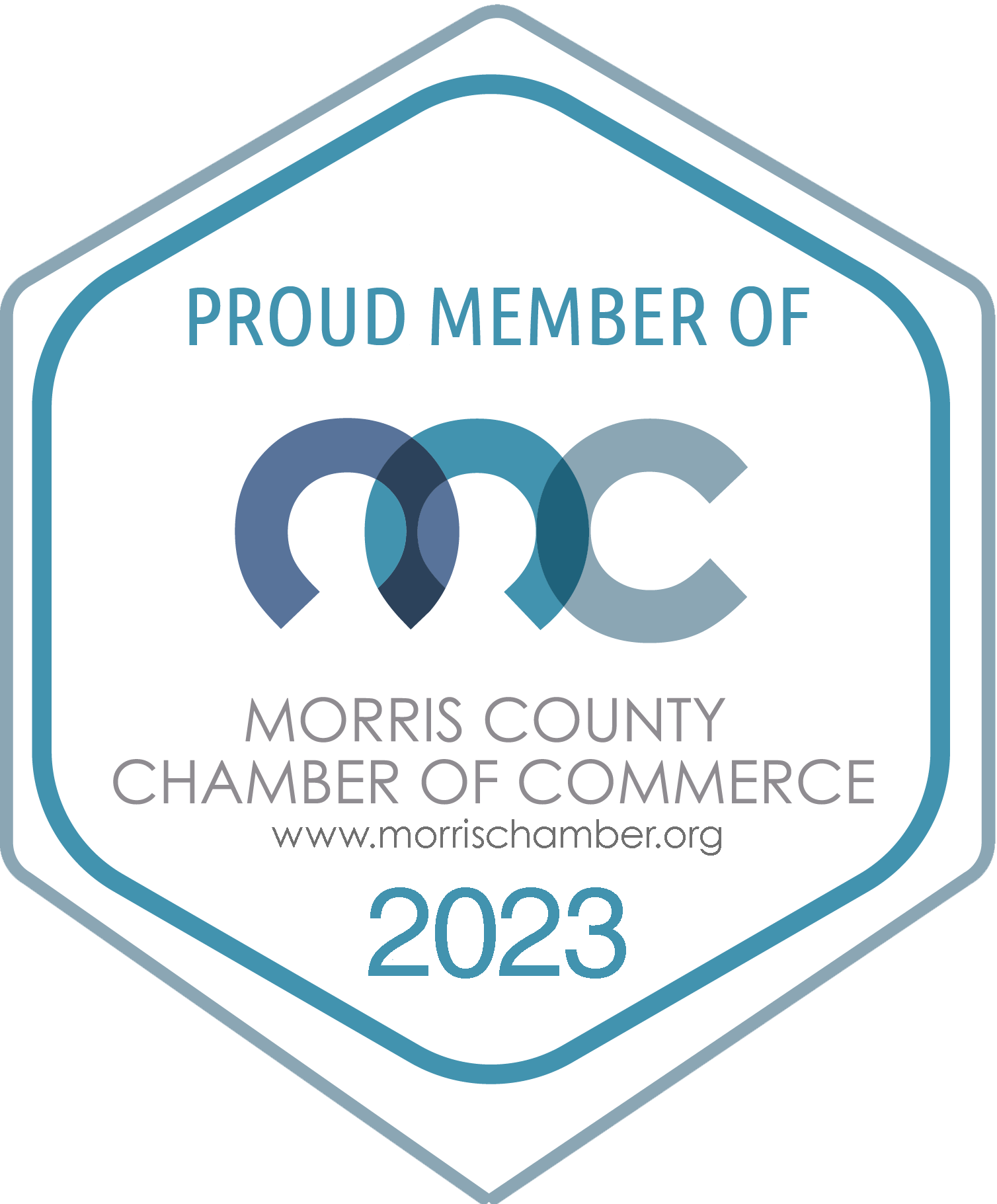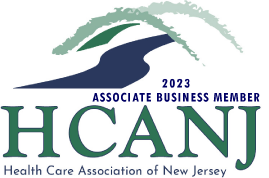 In this post-pandemic era, recruiters and candidates are playing a more aggressive game of hide and seek. Candidates are more difficult to find due to a variety of market realities. And there is even more pressure on talent acquisition professionals to find that needle in a haystack.
In this post-pandemic era, recruiters and candidates are playing a more aggressive game of hide and seek. Candidates are more difficult to find due to a variety of market realities. And there is even more pressure on talent acquisition professionals to find that needle in a haystack.
Let’s take a look at some valuable numbers and information that you could be monitoring to keep your finger on the pulse of a market’s “recruitability.”
Your talent market could be shrinking due to cost of living.
Markets where costs, taxes, etc. are out of control have seen an exodus of talent moving out for greener (like in more money for you) pastures. Residents in the states below are rushing to more affordable states – most of which are located in the south and the central time zone.
Most Expensive States to Live in 2022
1 Hawaii
2 Washington DC
3 New York
4 California
5 Massachusetts
6 Oregon
7 Alaska
8 Maryland
9 Connecticut
10 Rhode Island
Your talent market could be shrinking due to employee participation.
Take a look at your state’s labor participation rate. This represents the number of people in the labor force as a percentage of the civilian noninstitutional population. In other words, the participation rate is the percentage of the population that is either working or actively looking for work.
That number has fallen nationally in recent years meaning that a smaller part of the workforce is holding or seeking employment. Look at some of the states with the lowest rates. Remember that some states may be more highly affected by the number of retirees.
Participation Rate
West Virginia 55.2
Mississippi 55.3
New Mexico 56.5
Arkansas 56.8
South Carolina 57.0
Your talent market could be shrinking due to lower productivity.
The Bureau of Labor Statistics says this about productivity, “With growth in productivity, an economy is able to produce—and consume—increasingly more goods and services for the same amount of work.” Simply said, lower productivity requires a larger workforce to produce the same amount of goods and services.
Feeding a drop in productivity are those who are allegedly engaging in “quiet quitting.” That means the employee slowly reduces their engagement, eventually doing only the minimum work required by the job description. I’m not sure how true this supposed trend is but an annual Gallup poll shows engagement going down and disengagement trending upward in recent years.
Here are some markets where productivity has dropped from 2020 to 2021.
States with the steepest drop in productivity
Alaska – 3.0%
Wyoming – 2.9%
Rhode Island – 0.8%
Hawaii – 0.8%
Delaware – 0.7%
Florida – 0.5%
Want to discuss the “recruitability” of your marketplace in greater depth? Let’s talk. Call your SCG representative.


 Welcome to
Welcome to



